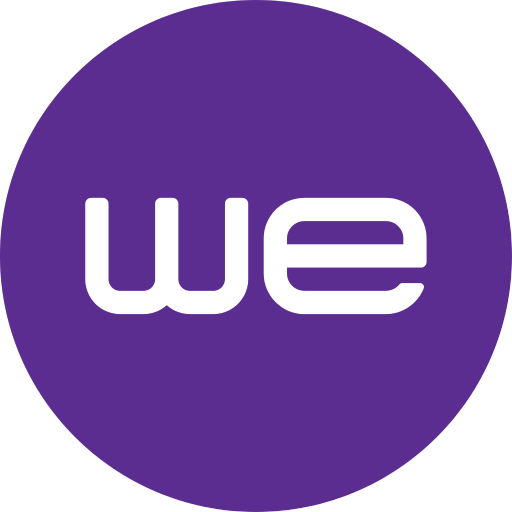In an era dominated by relentless technological advancements, the query “Are we reaching the limits of classical computing?” becomes not just relevant, but imperative. As we stride through a digital age characterized by ever-increasing processing demands, we find ourselves at a unique crossroads, where the potential of classical computation seems to wane against the burgeoning complexities of contemporary tasks. This raises an intriguing proposition: if we are indeed nearing the brink of classical computing, what challenges await us on the horizon?
To fully comprehend the magnitude of this quandary, we must first delineate what classical computing entails. Classical computers, rooted in the principles of binary logic, leverage bits as their fundamental units of information, operating within finite parameters dictated by established algorithmic structures. The architectural framework of classical systems—be it through transistors or integrated circuits—has undeniably facilitated the exponential growth of computing power, as encapsulated in Moore’s Law. However, as we inch closer to the physical limitations of semiconductor technology, potentially reaching their threshold of miniaturization, a palpable tension emerges.
This tension is emblematic of the various hurdles presently besieging classical computing. A prime example is the challenge of heat dissipation. As transistors shrink and the number of components on a chip proliferate, the resulting thermal output becomes increasingly problematic. Chips are not merely repositories of transistors; they are complex ecosystems that require careful management of energy consumption and heat generation. The push towards smaller, faster components may lead to overheating and the resultant degradation of performance, thereby imposing a practical limit on how efficiently we can continue to scale classical systems.
Moreover, we must consider the implications of algorithmic inefficacy. While classical computing has produced innumerable algorithms instrumental in a myriad of applications, the computational complexity of certain problems transcends the capabilities of classical paradigms. The so-called P versus NP problem looms large in theoretical computer science, presenting a tantalizing question: are all problems solvable in polynomial time? The ramifications of this question extend beyond academia and touch upon the constraints we face with classical computing. As we grapple with combinatorial optimization problems, cryptographic systems, and complex simulations, one is led to ponder whether classical computation can ever triumph in realms that seem innately resistant to its deterministic nature.
However, the limitations of classical computing do not merely signal an endpoint; they herald a potential transformative shift towards alternative paradigms. As we find ourselves ensnared in the intricate web of classical computing’s constraints, the emergence of quantum computing looms like a specter, inviting the curious and the intrepid to explore its uncharted territories. Quantum computing, through the principles of superposition and entanglement, promises to revolutionize problem-solving capabilities, particularly in areas where classical techniques falter.
The potential of quantum systems to disrupt the status quo is vast. Imagine a computer that, rather than relying on binary bits, manipulates qubits which can represent multiple states simultaneously. This allows for calculations that could, in theory, outstrip the performance of even the most powerful classical supercomputers. However, the realization of practical quantum computing is fraught with challenges of its own—manifesting in issues of coherence, error rates, and the sheer physical infrastructure required to maintain quantum states. Nonetheless, the mere prospect of transcending classical computational limits incites an exhilarating anticipation for a computing paradigm shift.
The interplay between classical limitations and upcoming technologies invokes an engaging dichotomy: can we leverage classical systems to their utmost potential, or must we pivot to innovative solutions entirely? In exploring this thematic spectrum, we also encounter emerging advancements such as neuromorphic computing and DNA computing, which aim to emulate the operations of the human brain and biological structures, respectively. These paradigms present alternative pathways that could augment or even supplant classical approaches in addressing tasks characterized by parallelism and adaptability.
Still, the academic community and industry practitioners grapple with practicalities. The question arises: how do we cultivate a symbiotic relationship between classical and emergent computational paradigms? For instance, hybrid systems that aim to harness the strengths of both classical and quantum computing stand out as a compelling model. Utilizing classical computing for tasks well within its grasp—such as data preprocessing—while relegating complex simulations or optimization tasks to quantum systems may empower a more efficient and potent computational framework.
Moreover, the role of interdisciplinary collaboration crystalizes in this evolving landscape. Industries spanning healthcare, finance, and materials science are increasingly reliant on advanced computational techniques. This necessitates a cohesive interaction among physicists, computer scientists, and domain experts to refine algorithms, share insights, and identify challenges that neither discipline could surmount independently.
As we contemplate the trajectory of computational technologies, the inquiry remains: have we reached the limits of classical computing? Perhaps rather than a definitive conclusion, the true essence of this exploration lies in recognizing the continuum of potential and challenge. The beckoning of innovative paradigms suggests that we may merely be at the cusp of a new chapter in computing—one where classical methods coalesce with alternative frameworks to redefine our computational capabilities. In this era of inquiry and discovery, the playful questioning of our limitations may ultimately serve as the catalyst for unprecedented advancements in the realm of computation.












